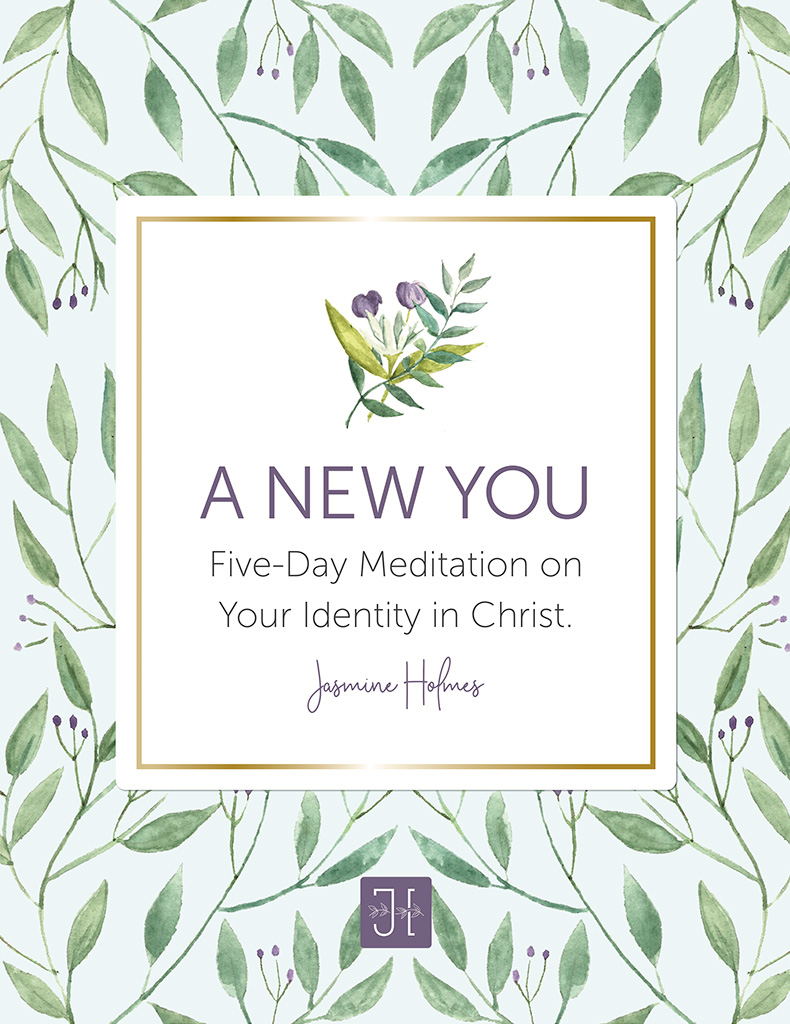Last year my fifth-grade students sharpened their number-two pencils, looked down over their scantrons, and raised their hands to ask a million questions before taking the standardized test.
“I’m 1/256 Native American, can I fill in that bubble?”
This started a conversation about the minuscule fractions that my predominately white classroom held in their heritage. The distraction lasted so long that I brought down the hammer: “Listen. Whatever you mostly are — just fill that bubble.”
A lone hand shot up. “I’m ¼ Japanese, ¼ Brazilian, ¼ Indian, and my dad’s mom is a white lady from Conroe. What can I put?”
I laughed. “I guess you’re the guy who gets to put whatever you want.”
The choice is becoming all too common in what some have deemed to be our post-racial society. As instances of interracial marriage and racial tolerance rise, so does a generation of ethnically neutral Americans. It takes more than a precursory glance to ascertain someone’s origins.
Of course, in the black community, precursory glances have been faulty for hundreds of years. Black Americans come in a variety of shades, and Rachel Dolezal, the NAACP leader in Spokane, Washington, tested that theory by allegedly passing herself off as a black woman when she is, in fact, white.
Three thoughts swirl to the surface as I process this bizarre turn of events.
Biology Matters
Recently, Caitlyn Jenner has tested the boundaries of America’s tolerance by gracing the cover of Vanity Fair, not as the former-Olympian man we were used to seeing on reality TV, but as a former-male woman. Debates have raged over whether we should view Jenner’s sex change as a declaration of a woman’s trueness to herself, or a cry for help from a man who is deeply confused.
Sexuality has become a fluid concept in our age, and now gender is taking center stage. As we march across that scantron, though, ethnicity seems to be a more difficult frontier.
Although the tongue-in-cheek “transracial” hashtag has linked Dolezal’s decision to live life as a black woman to Jenner’s decision to live life as a woman, overwhelmingly, the reaction to Dolezal’s deceit has been negative. Her falsehood is not seen as acceptable in any way, shape, or form. We are told, on the one hand, that we must tolerate Jenner’s choice to live as a woman, and, on the other, that we cannot tolerate Rachel Dolezal’s decision to live as a black American.
Biology doesn’t matter when you’re born a man yet know you’re a woman, but it does matter when you’re born white but feel you should be black?
Our Terms Need Definition
What makes a black American?
It’s not skin tone. I have relatives that look a lot like Dolezal. My great-grandmother was a mulatto woman who had spent her youth “passing” as a white lady. African-American history is full of light-skinned blacks “passing” as whites to avoid the racism that is so deeply rooted in America’s past.
It’s not merely our heritage. My mother’s great grandfather on one side was full-blooded Cherokee, and the one on the other was full-blooded Choctaw. My great-great-grandmother was the daughter of a white plantation owner. Most black Americans can point to some of the same diverse genetic factors — some can point to even more — and our various shades and features herald them.
Is it our shared experience? This last facet is seen as one of the most sacred aspects of being black in America. Dolezal did not just put her hair in box braids and keep her skin tan; she has taken on the struggle of African Americans as her own. Some have said that she, as a white woman, has used her privilege to make a decision that most black Americans are not able to make: She has chosen to be black.
The Gospel Gives Answers
Dolezal decided to occupy a certain niche in American society, and she did so by lying to fit into her preferred group. Though gender and sexuality have become fluid concepts, we are still working hard to define the boundaries of ethnic constructs, even as the lines of ethnic delineation are muddled by the diversity of our colorful heritage. We long for identity — we long to belong.
The gospel shows us not only the root of our dissatisfaction with our place in the world — the sin that separates us from our Father (Isaiah 59:2) — but also the cure for that bitter root (1 Corinthians 15:57). We were created in God’s image, for his glory (Genesis 1:26). That image includes male and female, as well as the beautiful display of diversity that we see in all four corners of the world.
Jenner and Dolezal are both bucking against the people that God created them to be. Neither one of them was born into the body that they would have preferred, and by changing their present status, they are trying to change a backstory that they never wrote in the first place. They are grasping to change the facts on a scantron and avoiding the true test.
As each one of us comes to terms with the intricacies of our backgrounds, we must embrace the fact that a master craftsman has chosen both our ethnicities and our genders for his glory. To try to live outside of those beautiful truths is to question our Creator, and to run from the purpose that he has given to every aspect of who we are — and the true joy that only he offers.
This article originally appeared at Desiring God.
